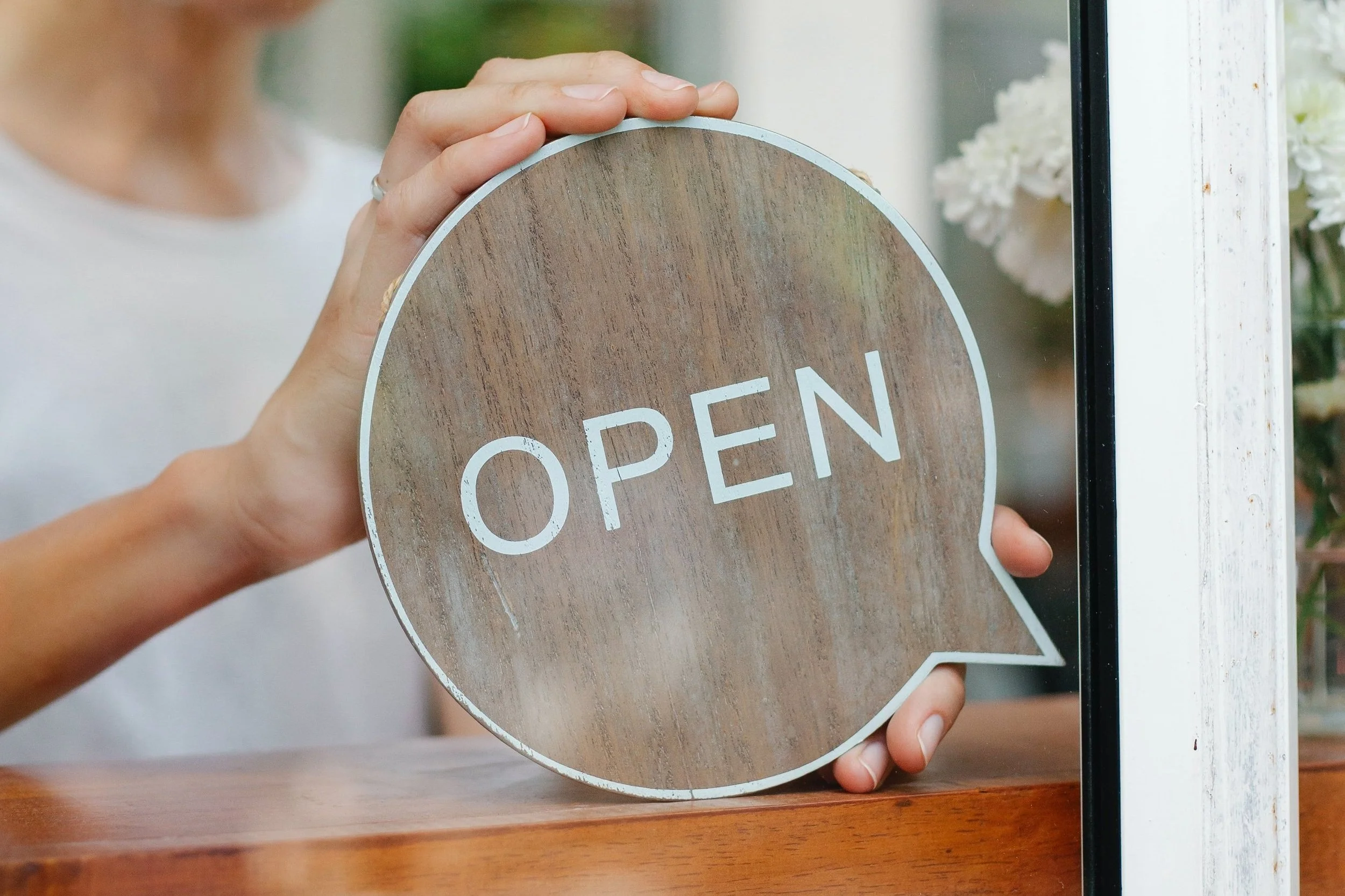The Difference Between a Good Question and a Great One: Being Wide Open
Not long ago, I drove my oldest to get a haircut. Sam wore headphones and read the whole way, giving me one-word answers to my questions about the book.
Then we got to the salon and suddenly Sam was more than willing to talk about the book with the stylist. At first, I was annoyed that my teenager was talking to someone else. But eventually, I had to admit: her questions were better than mine. Instead of asking, do you like the book? and is that the second in the series?, as I had, she asked:
What kind of books do you like to read?
What do you like about fantasy books?
What makes the characters strong?
I asked closed questions and got predictable, one-word responses. The stylist asked open questions that built on Sam’s interests, and suddenly Sam was an open book.
My questions failed me.
Maybe you won’t be surprised, then, that one of the very best things we can do to improve the quality of our questions is to make them open. Wide open. Making your question wide open can transform it from a good question to a great one.
A continuum of openness
If you’ve learned about the idea of asking open questions before, you probably learned that it’s a binary system: questions are either:
A) open, or
B) closed.
I’m here to tell you: THAT IS WRONG. There is a continuum of openness, and the wider open you can push a question, the more interesting the conversation becomes. Here’s an example. Imagine a conversation between a supervisor and an employee. Here are three questions that could be asked by the supervisor:
Is the report done? (closed)
What’s the status of the report? (slightly open)
What are you learning from the report? (wider open)
The third question is going to get you the info you need (is the report done?) while opening the conversation up to new insights.
Or imagine you’re talking to a customer:
Are you happy with our consulting services? (closed)
How do you feel about our consulting services? (open)
What is the impact of our consulting services? (wider open)
Or imagine you’re greeting a neighbor:
Doing okay? (closed)
What’s new with you? (open)
Tell me about your kids - what are they up to this year? (wider open)
Good, open questions lead to richer and more meaningful conversations. They also prompt great follow up questions. Like:
Based on what you’ve learned from the report, what recommendations do you have? Or,
What would it take for our consulting services to really delight your team? Or,
Tell me more about the business your daughter is starting.
Audit your questions
Whenever I listen to myself, I’m shocked at how many closed questions I ask during a day, despite knowing that an open question is almost always a better option.
Audit yourself: pay attention to the questions you ask. The problem with asking too many closed questions is that it limits our conversation unless the person we’re talking with chooses to answer the question they want to be asked.
Are closed questions ever okay?
Is it ever okay to ask a closed question? Sure. Closed questions are most helpful when we need to limit choices. For example, you might offer a toddler a choice between apples or blueberries, because the bananas have gone brown.
But here’s the thing: asking a choice-making question is rarely designed to spark a conversation. So yes, closed questions are often okay. But rarely are they okay when your objective is starting a conversation.
If you want a real discussion, the kind where you don’t fully know what the other person is going to say, then push your questions wider open.
Got an example of a question you took from closed to open? Or from open to wide open? I’d love to hear it. Message me at aj@amberajohnson.com.
Photo by Tim Douglas.
